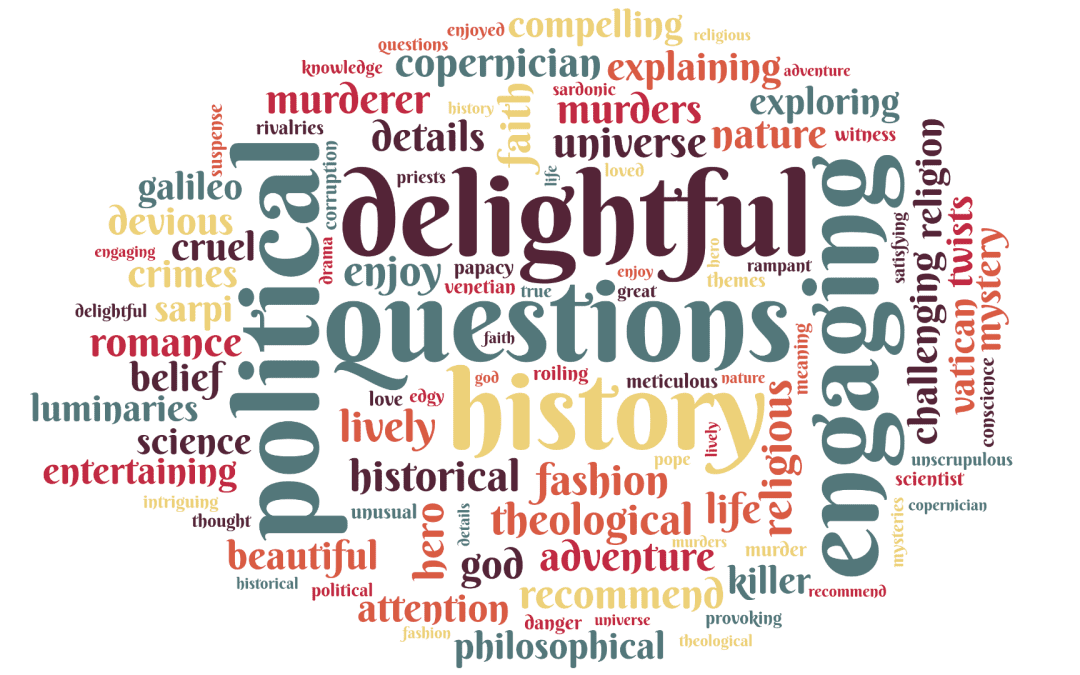I want to talk to you today about reviews, specifically book reviews. There are two main types of book reviews: editorial reviews and customer reviews. Organisations like Kirkus write editorial reviews. The author, or publisher, submits the book to them for a review. Customer reviews are the ones that you write on Amazon or Goodreads.
I find editorial reviews useful for several reasons. Experts write them, so they give the author a balanced view on their book. They circulate the reviews in a magazine to libraries, bookstores, and even Hollywood. The downside is that they don’t drive sales on Amazon. You can paste an editorial review on your book page on Amazon, but only in the USA, not the UK. It’s customer reviews which help promote a book, via the Amazon algorithm.
There is a difference between ratings and reviews. The rating is where you select 5 stars, 1 star, or somewhere in between. You can leave a rating without a review, but you can’t post a review without a rating. The review is where you write something about the book, and give your review a title.
I understand that reviews are given more weight by the Amazon algorithm than ratings. Poor reviews are better than no reviews at all. I can’t quite believe that, but I did read it somewhere. So my plea to you, dear reader, is to leave reviews, preferably on Amazon, because that’s where they generate the most sales.
It’s not just about sales. Readers are a writer’s audience. Just like actors and musicians, writers want to hear the applause. Writers need to know what the reader thinks, what you enjoy, and what you don’t. All I ask is that if you didn’t enjoy a book, please check your facts before venting your spleen online.
A reader wrote a 2 star review for The Spy who Sank the Armada. The reviewer made two tangible criticisms. The reader complains that the story leaps forward ten years with a jolt. The only place in the story that fits that description, is the end of a flashback to Anthony’s childhood. I think I flagged the entry into and out of the flashback reasonably clearly. Anthony’s shipmate Walter asks him where he’s from. There is a section break, then an important scene from Anthony’s childhood. Two pages later there is another section break, followed by Walter repeating his question and saying that Anthony looked a little distant.
The reviewer also states that horses eat hay and sleep on straw. I sat on a horse once, but I’m not an equestrian. Had I made some serious gaff which would require correction and republication? I searched on the words hay and straw. I mention hay in the combat training scene set in a barn from which the horses have been removed. Targets were pinned to bales of hay, and straw is spread over the floor to cushion falls during unarmed combat.
The closest I come to feeding straw to a horse is when Anthony eats some bread before going to sleep in a barn. He cuts open a bale of straw for his horse. I didn’t specify whether the straw was for the horse to eat or sleep on. In any case I did some more research. We discovered that hay is better for horses to eat than straw, but we’ve learnt that relatively recently. Straw is a traditional fodder for animals including horses.
The word cloud at the top is formed from reviews of Fire and Earth, the second book in the series. That has the best review score so far from my books, an average 4.3 star rating and some wonderful reviews. That’s the kind of applause that keeps me writing.

